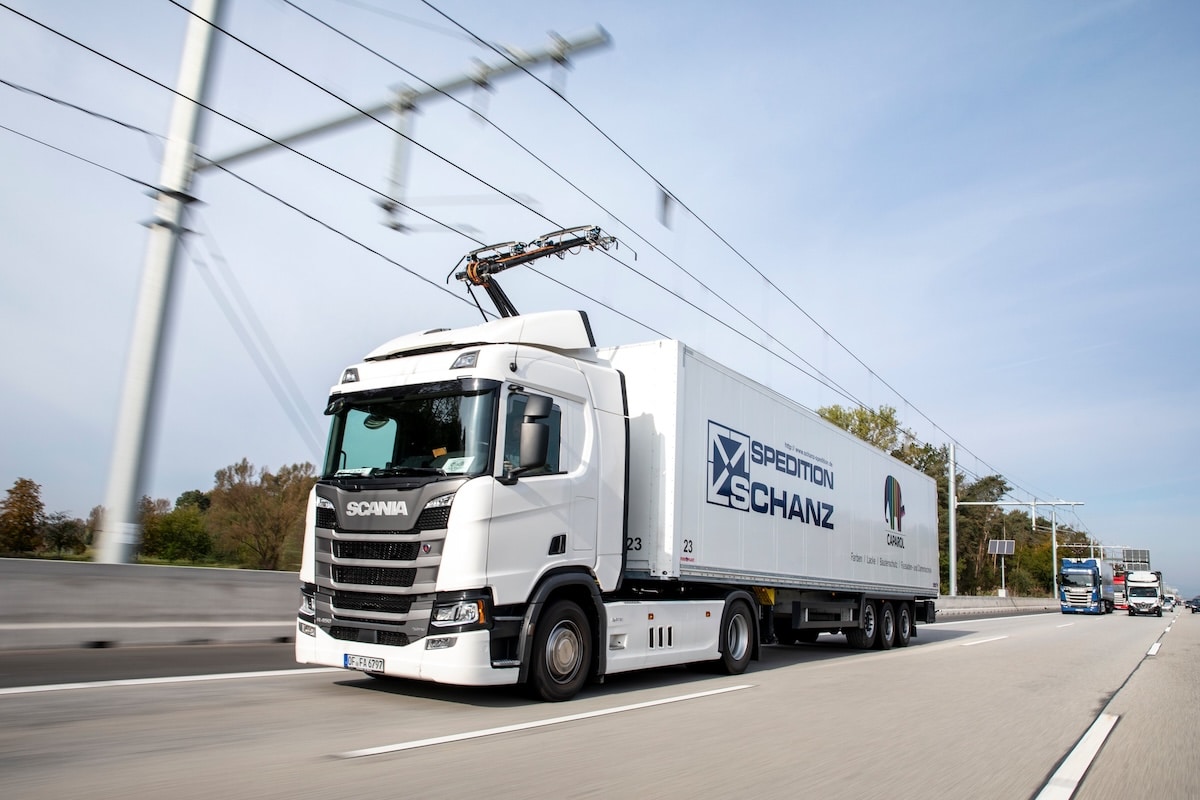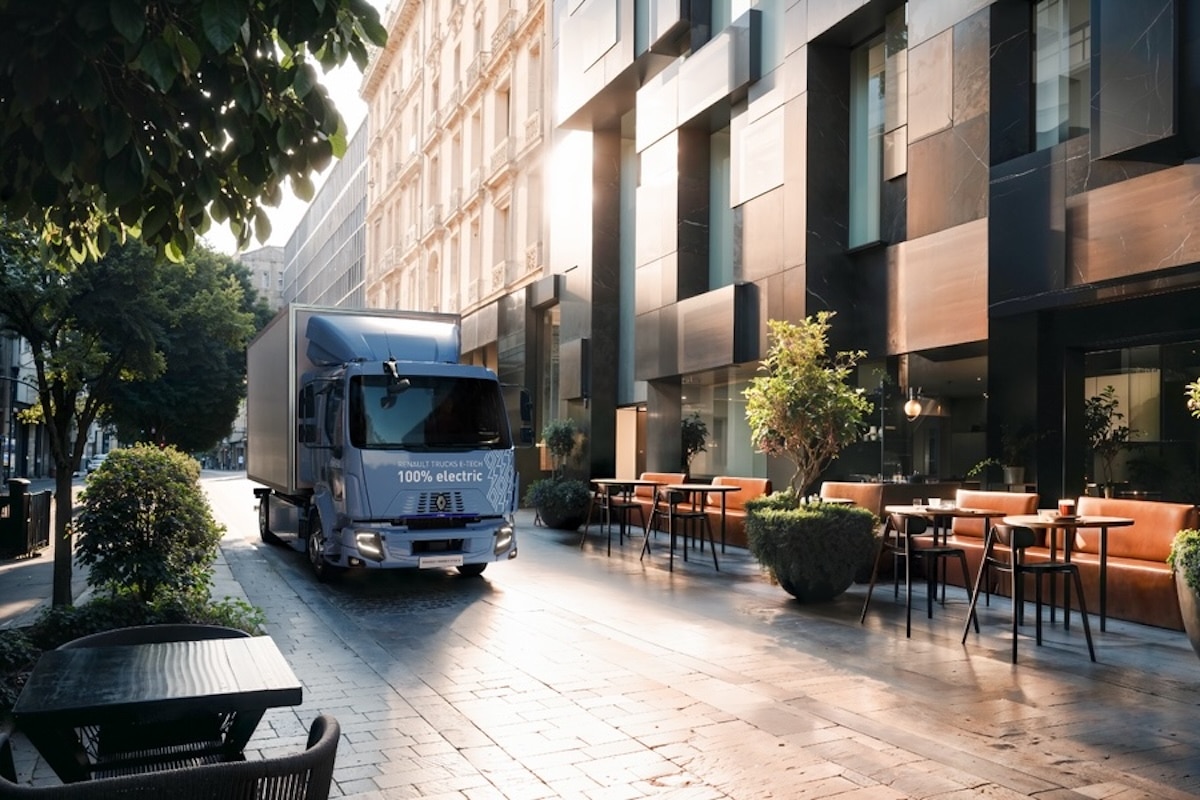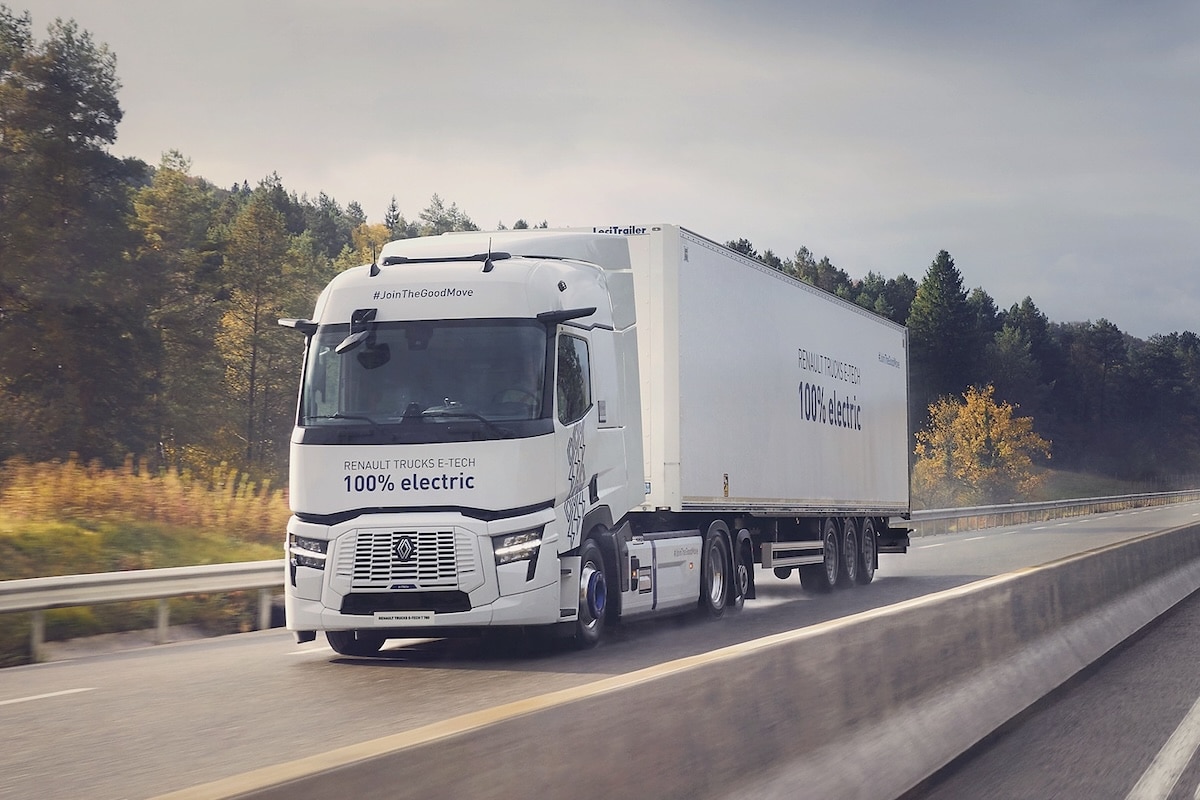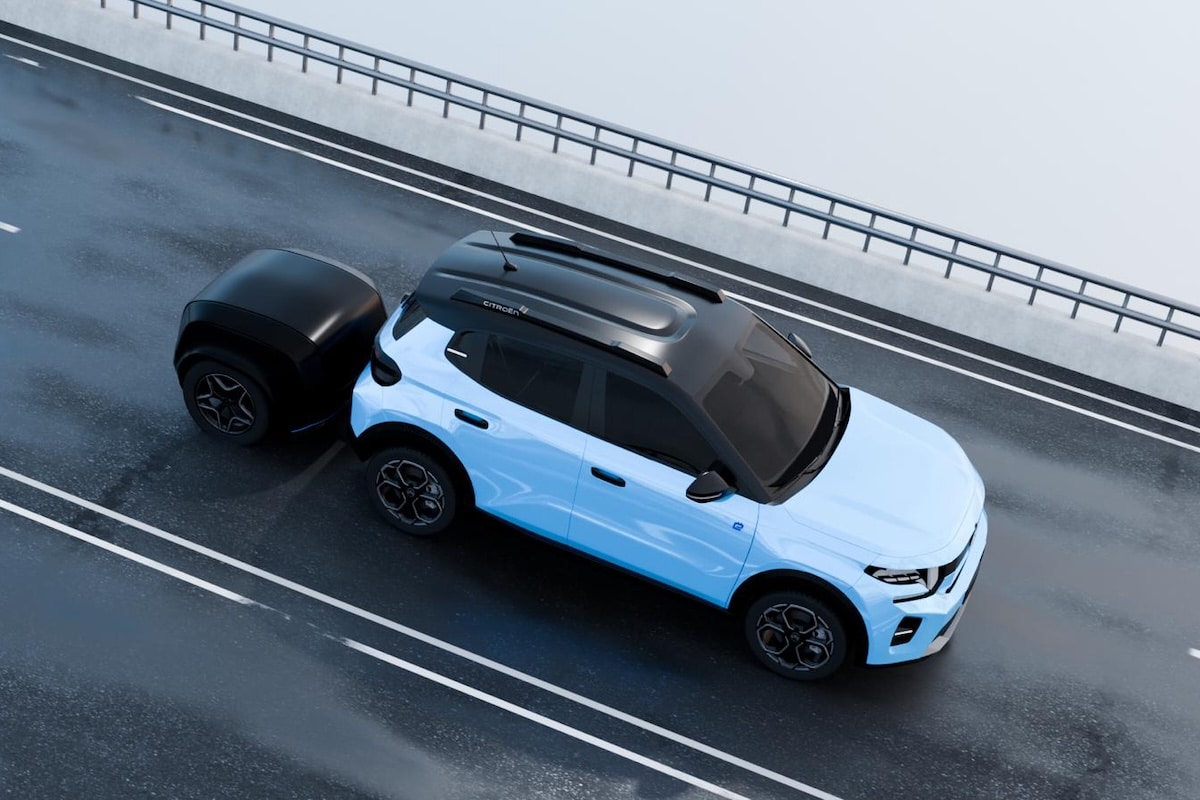Electrifying roads with overhead lines: dream or a convoluted scheme?

Faced with the problem of heavy-duty truck autonomy, the question of an electric corridor with overhead wires, similar to trains, arises.
Decarbonizing road freight transport is one of the most significant challenges of the European energy transition. As road transport constitutes the bulk of domestic freight and heavy trucks remain responsible for a disproportionate share of sector emissions, the idea of directly electrifying major highway routes keeps resurfacing.
Among the most spectacular scenarios, the aim to equip the right lane of the A6 highway, the most used in Europe, with a catenary system for electric trucks stands out as one of the most ambitious. A kind of “highway trolleybus” on a national scale.
An ecological utopia?

On paper, the concept is appealing. Every day, thousands of trucks travel on the A6, generating nearly one million tons of CO₂ per year when considering average routes and diesel emission factors. Transforming this route into an electric corridor could, in an optimistic scenario where 30% of the fleet is adapted, reduce these emissions by a third, or around 300,000 tons of CO₂. In a context where French heavy trucks emit more than 30 million tons of CO₂ annually, electrifying a single highway could cut about 1.5 to 2% of national emissions from this sub-sector. Few measures can achieve such results on a single segment.
You might be interestedin this article:
The technology being considered is inspired by the Siemens eHighway systems tested in Germany and Sweden: an overhead contact line installed above the right lane, connecting to trucks via a retractable pantograph mounted on the cabin. When traveling under the catenaries, trucks draw electricity directly while recharging their batteries, which allows for a reduction in battery size—thus reducing the purchase price of tractors!—and maintaining an acceptable compromise between autonomy and transportable mass. Upon leaving the corridor, vehicles continue on battery mode. Therefore, this is not a closed system, but a device designed for repetitive long distances, which is characteristic of traffic on the A6.
An installation cost that discourages politicians?
The question of cost remains, and it is immense. Estimates from pilot projects converge towards a budget of around 2 to 2.2 million euros per kilometer for two-way traffic, which corresponds to a budget close to one billion euros to equip the 445 km from Paris to Lyon. This also includes electrical posts, network reinforcements, structural adaptations, and the complexity of construction works carried out under traffic. The final bill may vary but generally remains between 900 million and 1.3 billion euros depending on the scenarios.
And this is only the initial investment. Maintenance represents about 2.5% of the installation cost each year, amounting to nearly 25 million euros annually to keep the catenaries in good condition, manage inspections, compensate for wear of the contact wire, and intervene in case of incidents. In other words, electrifying the A6 is not just about building it once: it’s about committing to maintain it rigorously for decades, just like SNCF does with its rail network.

The other side of the challenge concerns the vehicles themselves. To take advantage of the infrastructure, trucks need to be equipped with a pantograph, a suitable powertrain, and a battery of medium capacity. The additional costs are significant: currently, adding the electrical system represents about 50,000 euros per truck, with hopes of eventually bringing that down to around 20,000 euros through economies of scale. This additional cost can be offset by fuel savings: an electric truck under catenaries costs significantly less per kilometer than a diesel, and Siemens mentions up to 16,000 euros in savings for 100,000 km traveled.
No interest compared to superchargers?
This raises another strategic question: should we bet everything on catenaries while other solutions are maturing? The Megawatt Charging System (MCS), being deployed in several European countries, offers ultra-rapid charging for electric trucks at highway rest areas, with powers reaching several megawatts. These stations allow for battery recharging during the driver’s mandatory break, without needing to install linear kilometer-long infrastructure.
However, catenaries still hold a decisive advantage: energy efficiency. Drawing electricity directly from an overhead line, without intermediate conversion or massive storage, is by far the most energy-efficient way to move a truck. It’s also the one that relies least on critical materials for batteries. On a large scale, and on very busy corridors, this efficiency translates into a lower total cost and a quicker and stronger reduction in emissions.
The question is not whether the technology works – European demonstrators prove it is fully operational – but whether Europe wishes to turn its highways into priority corridors capable of justifying cumulative investments exceeding hundreds of billions of euros. Because electrifying a single route doesn’t make sense: a coherent, interconnected network must be planned for the long term and capable of integrating with logistics platforms and the fleets of transporters. It’s as much an industrial commitment as it is a political one, binding the continent for 30 to 50 years.
Electrifying highways would be a revolution. A costly, demanding, sustainable, and structuring revolution. It is safe to say that politicians will likely never have the courage to cross this ecological and costly Rubicon…
ALSO READ: Why is Michelin reinventing its tires for electric trucks?
This page is translated from the original post "Électrifier les routes avec des caténaires : rêve ou usine à gaz ?" in French.
We also suggestthese articles:
Also read





